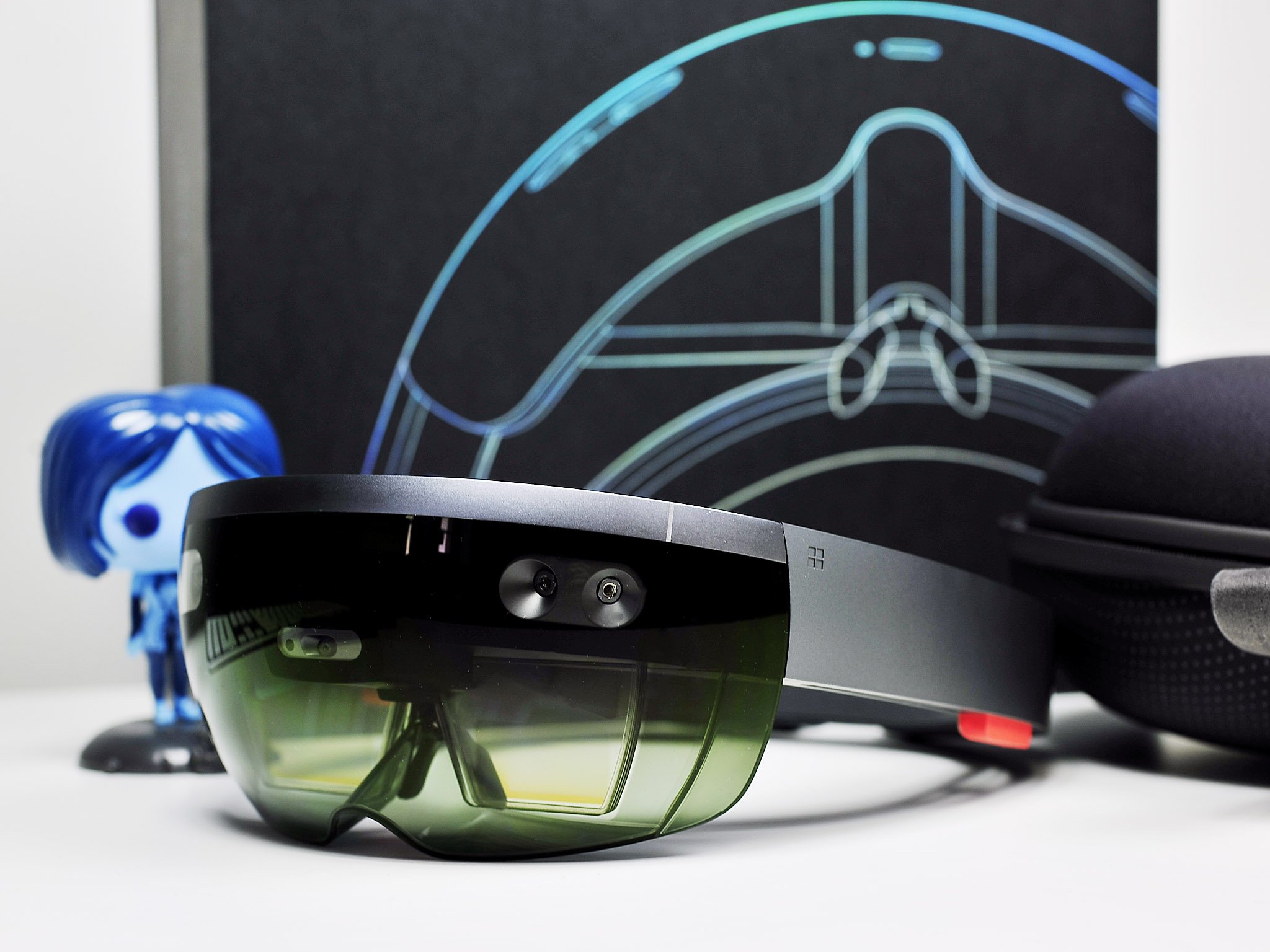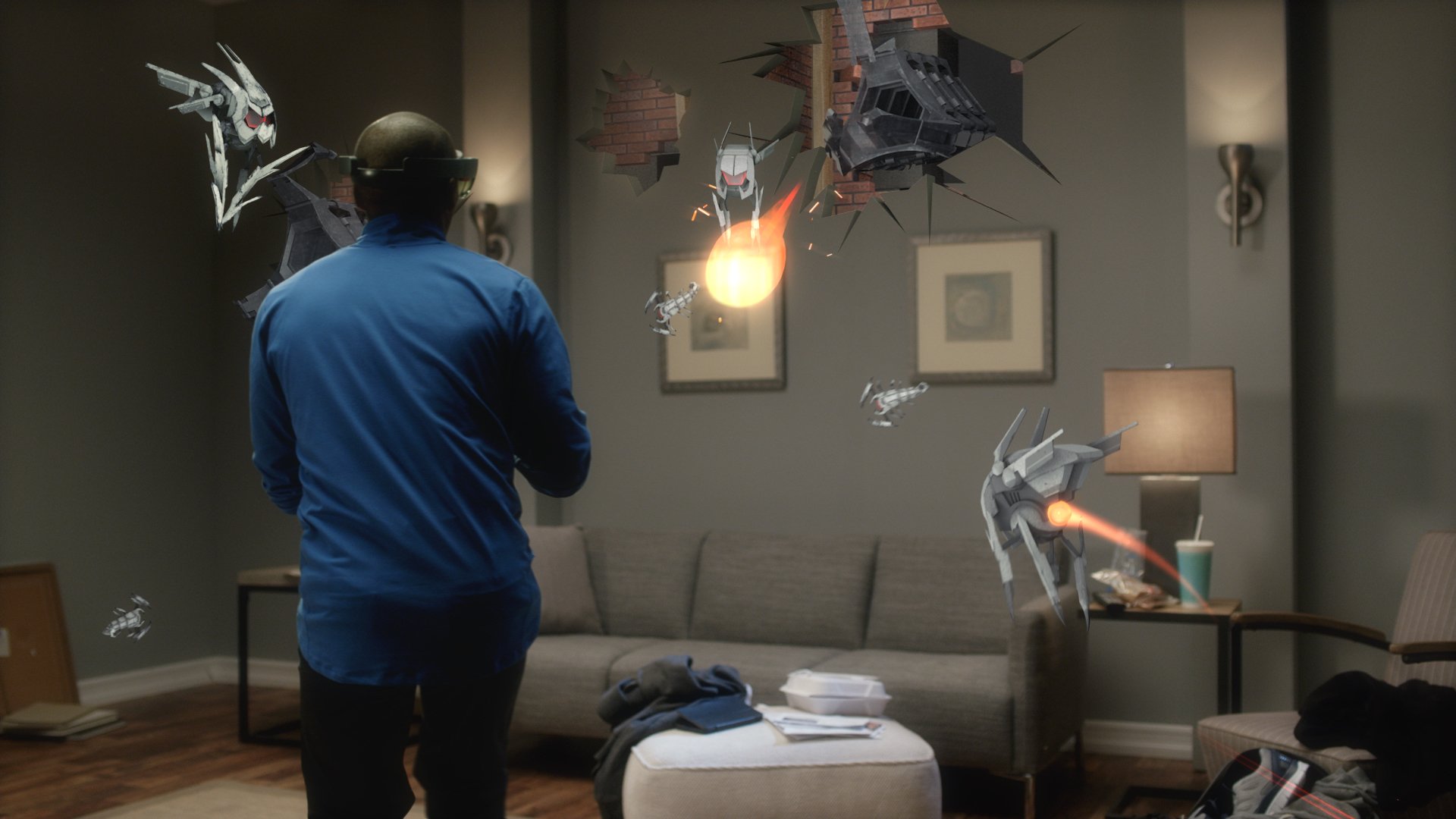Microsoft HoloLens - Here are the full processor, storage and RAM specs

When it comes to Microsoft's HoloLens, there is a lot of magic, creativity, and science involved in the first wearable holographic computer.
Microsoft has been quiet on some of the exact hardware found in the HoloLens instead focusing on what you can do with it. Still, many may wonder what exactly is inside the $3,000 computer, so we decided to load up AIDA64 Mobile to see what we can find.
HoloLens Hardware Specifications
| Category | Hardware |
|---|---|
| OS | Windows 10.0.11802.103332-bit |
| CPU | Intel Atom x5-Z81001.04 GHzIntel Airmont (14nm)4 Logical Processors64-bit capable |
| GPU/HPU | HoloLens Graphics |
| GPU Vendor ID | 8086h (Intel) |
| Dedicated Video Memory | 114 MB |
| Shared System Memory | 980 MB |
| RAM | 2GB |
| Storage | 64GB (54.09 GB available) |
| App Memory Usage Limit | 900 MB |
| Battery | 16,500 mWh |
| Camera Photos | 2.4 MP (2048x1152) |
| Camera Video | 1.1 MP (1408x792) |
| Video Speed | 30 FPS |
Discussion
Surprisingly, none of the HoloLens hardware is completely out of this world regarding raw specs. Granted, Microsoft's custom coprocessor aka the HPU or Holographic Processing Unit is likely pulling some magic as it can reportedly process "terabytes" of information from all of the HoloLens sensors in real time.
Perhaps of interest is the Intel Atom processor, which is part of the Airmont family (and is Braswell, not Cherry Trail as initially reported by PC World). That processor runs as a ho-hum 1.04GHz, and while it is 64-bit capable, the OS itself is only 32-bit.
That leads to RAM of which there is only 2GB on board.
As to the future of Intel Atom and HoloLens, it is not clear now that the chip manufacturer has cancelled future Atom processors for tablets and mobile (specifically Broxton and SoFIA products). Brett Howse of AnandTech tells me he could maybe see Microsoft continuing with a custom Intel Goldmont processor for future devices, but that is guesswork at this time.
Storage on HoloLens is an ample 64GB although the user only gets around 54GB after the OS. I say it's sufficient because I have done a lot of photos, videos and app installations on the device including a few games and I still have 46GB available. Something like HoloTour is around 3.1 GB in size, but that is the exception so far, not the rule. Here are some other apps and sizes:
Get the Windows Central Newsletter
All the latest news, reviews, and guides for Windows and Xbox diehards.
- Galaxy Explorer Project - 139MB
- Young Conker - 433MB
- RoboRaid - 155MB
- Fragments - 892 MB
- Skype - 50MB
- 3D Viewer - 23MB

For the battery, HoloLens has a small 16.5Wh one that provides around 2 hours of up-time. A nice Ultrabook would be around 54Wh for some context.
So why does HoloLens cost so much? Likely all the sensors on board that scans the room in real-time as well as the eye-tracking and that custom HPU. Toss in the complicated – and limited - manufacturing process for these computers and you have all the ingredients for a very rarely produced computer. Someday, when Microsoft scales production up the price will likely drop significantly. The good news, however, is the baseline specifications for HoloLens are not off the wall.
Anything about the HoloLens specifications surprise you? Let us know in comments!

Daniel Rubino is the Editor-in-chief of Windows Central. He is also the head reviewer, podcast co-host, and analyst. He has been covering Microsoft since 2007 when this site was called WMExperts (and later Windows Phone Central). His interests include Windows, laptops, next-gen computing, and wearable tech. He has reviewed laptops for over 10 years and is particularly fond of 2-in-1 convertibles, Arm64 processors, new form factors, and thin-and-light PCs. Before all this tech stuff, he worked on a Ph.D. in linguistics, performed polysomnographs in NYC, and was a motion-picture operator for 17 years.
